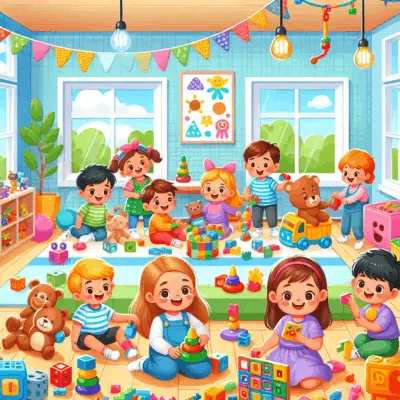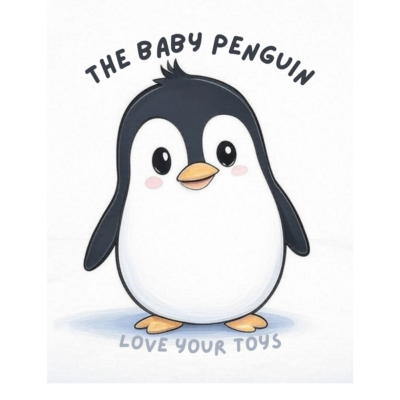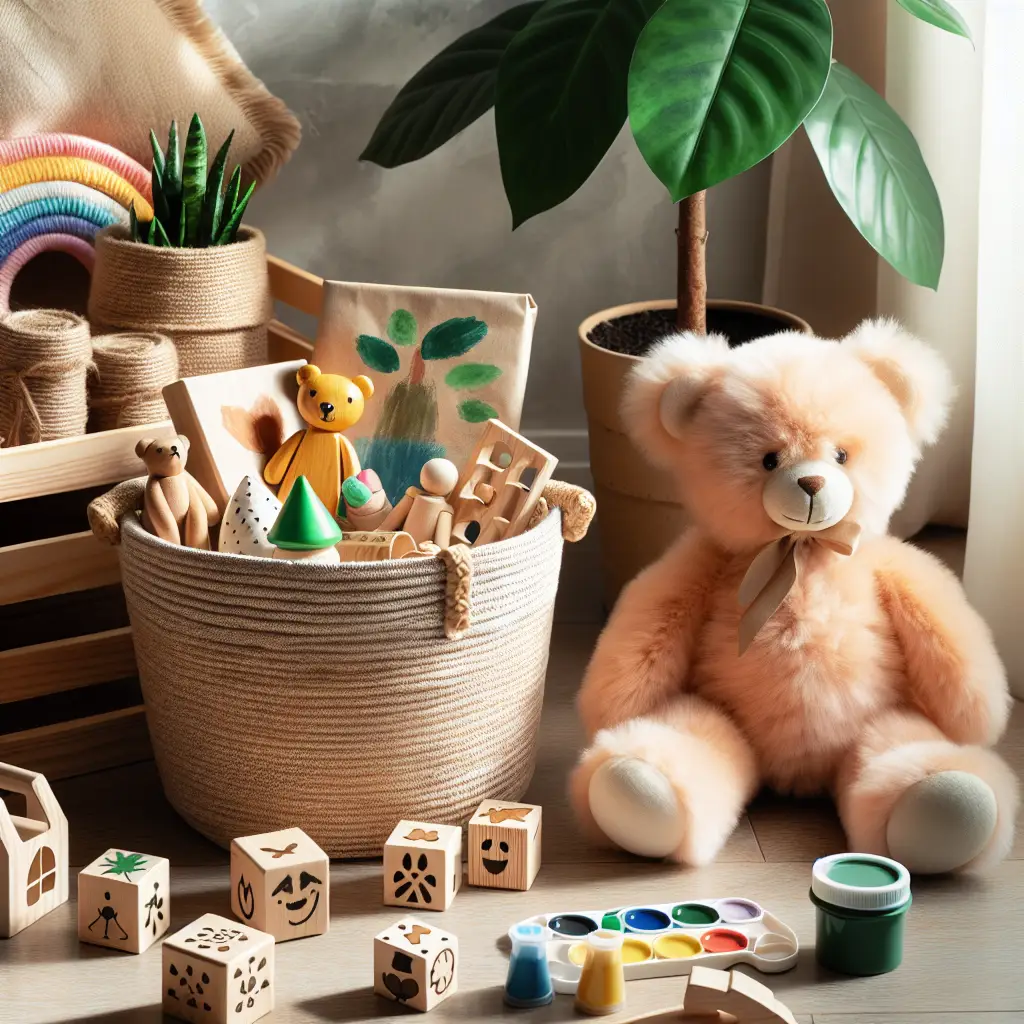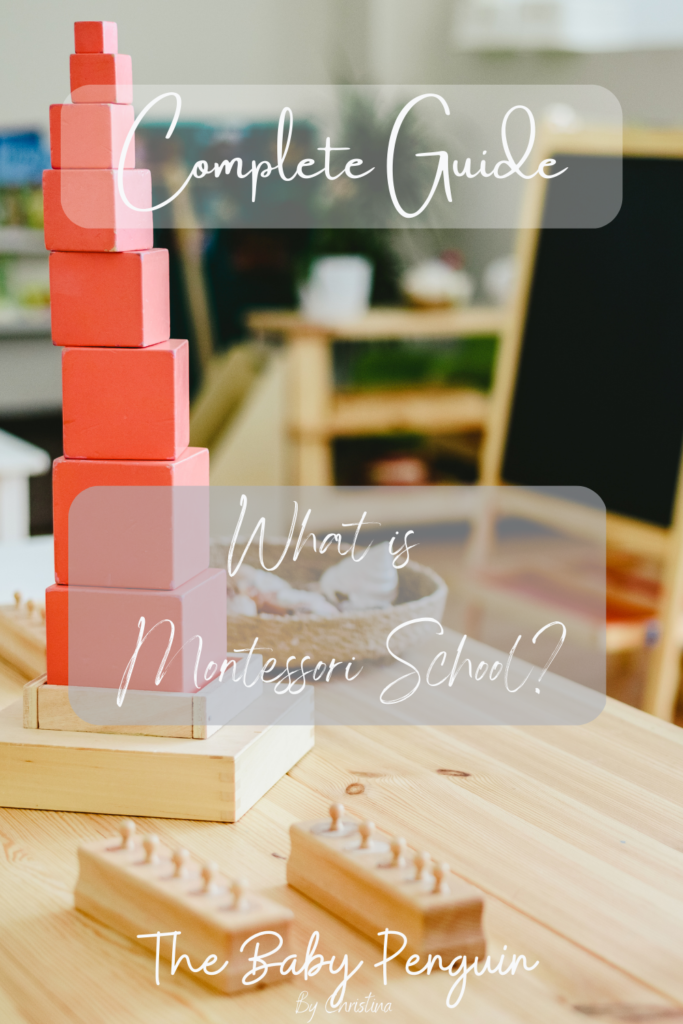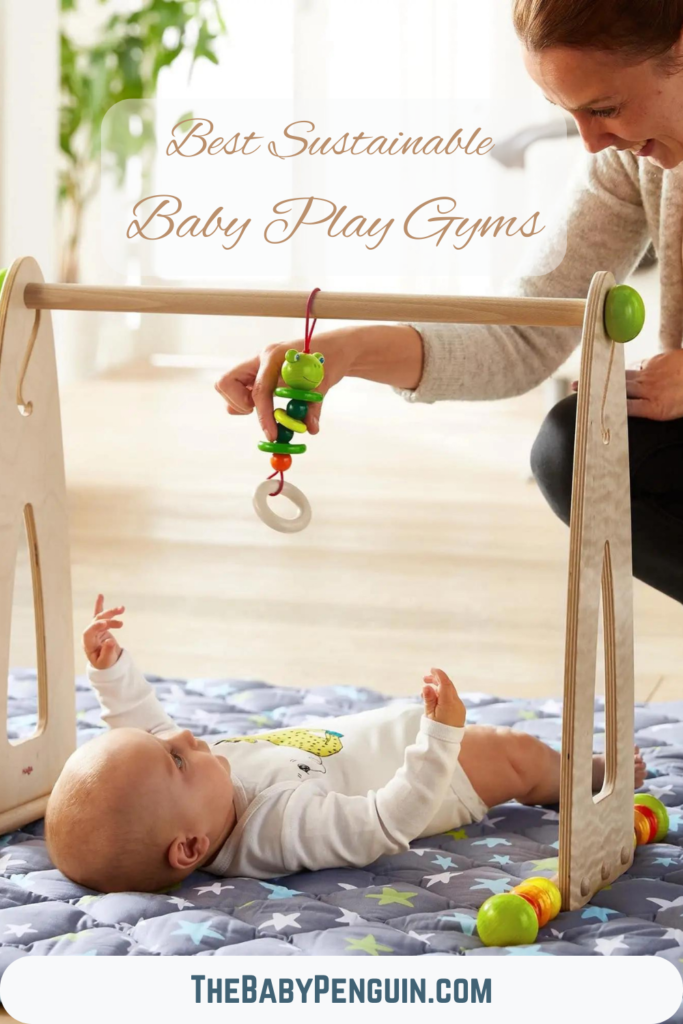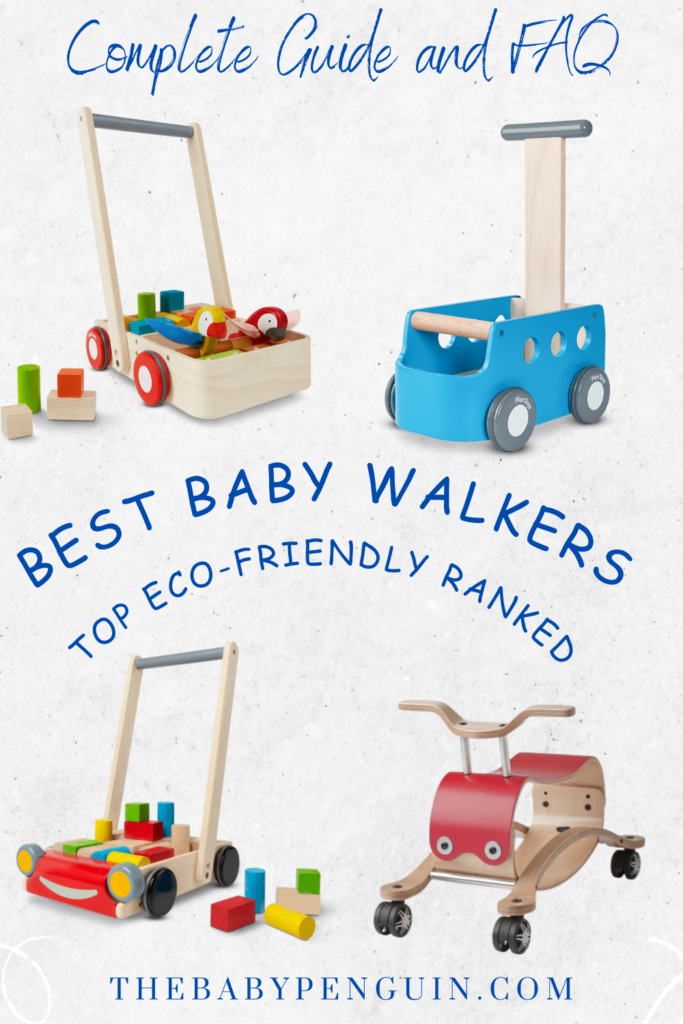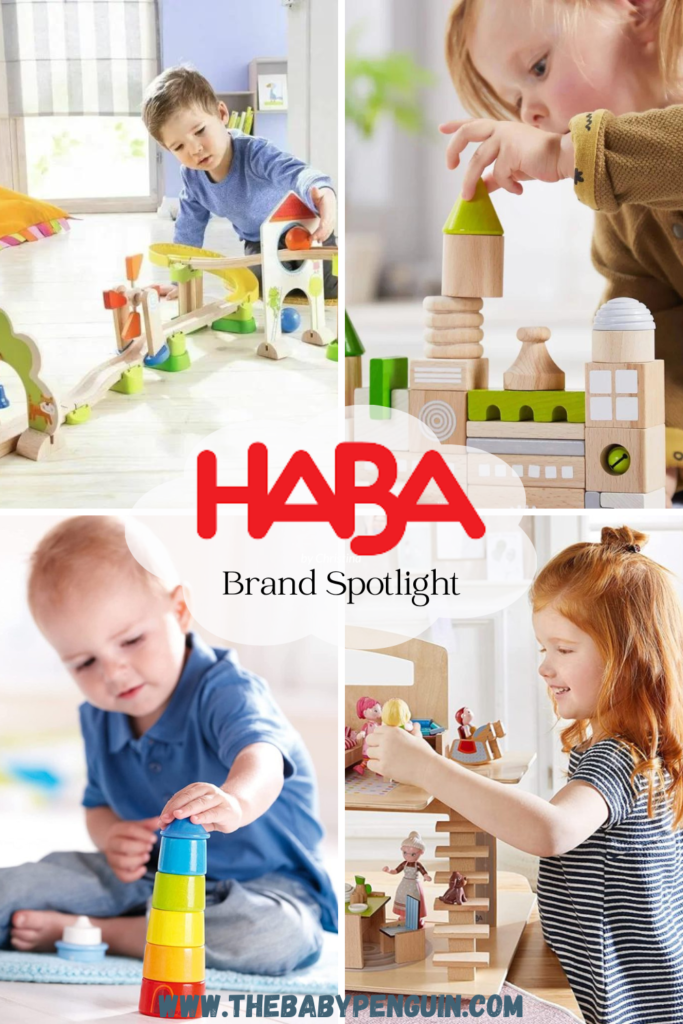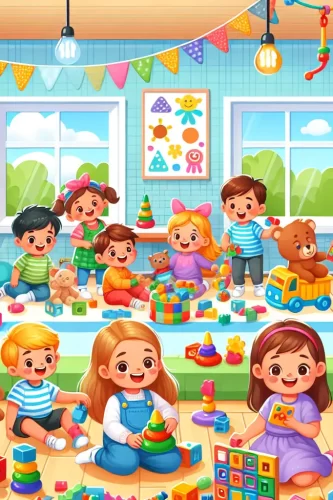Table of Contents
ToggleTop Educational Toys for Kids Aged 5 to 8: Sustainable Choices That Spark Learning
Finding educational toys that balance fun with learning can be challenging, especially when you’re also concerned about environmental impact. In our house, we’ve made a conscious shift toward sustainable toys that stimulate young minds while teaching respect for our planet. Today, I’m sharing my favorite educational toys for children aged 5 to 8 that check all these important boxes.
Why Educational Toys Matter in the Digital Age
Before diving into specific recommendations, let’s talk about why educational toys deserve space in our homes. In an era where screens dominate entertainment, hands-on play experiences are more valuable than ever. Educational toys encourage children to think, create, and problem-solve in ways that develop crucial skills for future success.
Last weekend, I watched my 6-year-old Lucy spend nearly two hours building an elaborate marble run. She tested different configurations, predicted paths, and celebrated when her design finally worked. That kind of focused engagement simply doesn’t happen with passive screen time!
Quality educational toys provide benefits that extend far beyond simple entertainment:
- They develop fine motor skills and hand-eye coordination
- They foster critical thinking and problem-solving abilities
- They encourage creativity and open-ended play
- They build concentration and persistence
- They can strengthen social skills when played with others
The Best Educational Toys for 5-8 Year Olds
After years of toy testing (and decluttering!), I’ve found certain educational toys consistently engage children in this age range while supporting important developmental milestones. Here are my top recommendations for educational toys that provide lasting value.
1. Wooden Building Blocks and Construction Sets
Nothing beats the versatility of a quality wooden block set. My children return to their blocks almost daily, creating increasingly complex structures as they grow. Wooden blocks improve spatial reasoning, engineering concepts, and creative thinking.

Our family favorite is the Natural Wooden Stacking Game that combines engineering challenges with strategy. Made from sustainably harvested wood with non-toxic finishes, these blocks will last for generations of play.
2. Educational Board Games
Board games offer incredible learning opportunities while strengthening family bonds. Games develop essential skills like taking turns, following rules, strategic thinking, and handling both winning and losing gracefully.
When my son Jack was struggling with math confidence, we introduced games that incorporated counting and basic operations. Soon he was adding numbers without even realizing he was practicing math skills!

For younger children in this age range, the Eco-friendly Wooden Sea Creature Tic-Tac-Toe introduces strategy in an accessible format with adorable sea creatures that double as imaginative play figures.
3. Science Exploration Kits
Children are natural scientists, constantly questioning and experimenting with the world around them. Science kits that allow for hands-on exploration feed this curiosity while introducing important STEM concepts.
The kitchen table experiments we’ve done have sparked amazing conversations and discoveries. I’ll never forget my daughter’s amazement watching crystals form from a simple solution we mixed together!
The Wooden Balance Scale introduces concepts of weight, measurement, and mathematical comparison through hands-on experimentation. Its beautiful, sustainable design means it looks lovely displayed in your home, too!
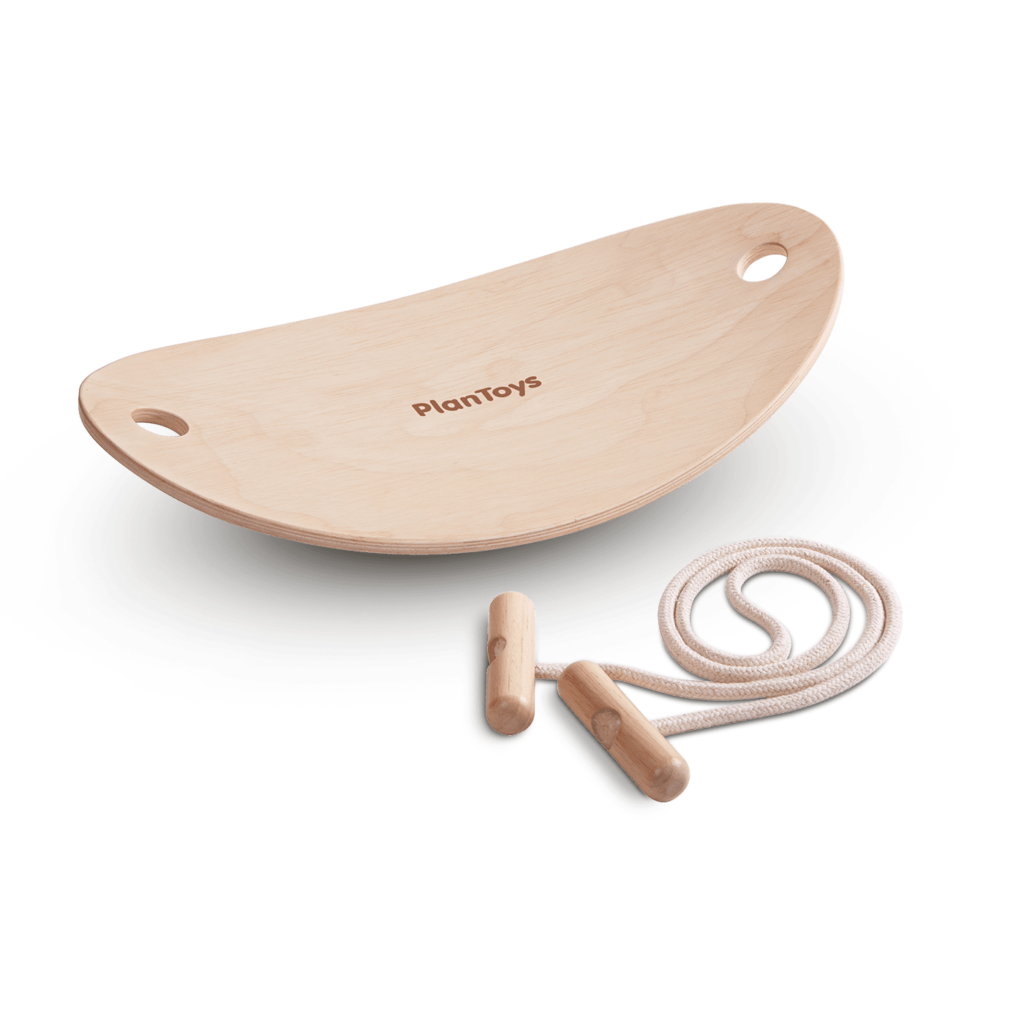
4. Arts and Crafts Supplies
Creative expression is vital for child development. Arts and crafts activities enhance fine motor skills, encourage self-expression, and build confidence. When children create art, they’re developing critical thinking and problem-solving skills.
I keep a well-stocked art cabinet with sustainable supplies like recycled paper, natural clay, and plant-based coloring materials. The artistic creations that emerge provide fascinating insights into how my children view their world.

While not strictly an art supply, the coloring book inspires artistic sorting and pattern creation while reinforcing math concepts. These vibrant manipulatives are perfect for both structured learning and creative play.
Why Choose Sustainable Educational Toys?
As parents, we make countless purchasing decisions that impact both our children and the world they’ll inherit. Choosing sustainable educational toys means:
- Fewer plastic toys ending up in landfills
- Reduced exposure to potentially harmful chemicals
- Supporting ethical manufacturing practices
- Teaching children to value quality over quantity
- Creating meaningful play experiences that respect our planet
In our family, we’ve noticed that high-quality sustainable toys actually save money over time. They’re more durable, versatile, and engaging than many plastic alternatives, resulting in longer-lasting play value and fewer replacements.
Elevate your child’s indoor play experience with the Swedish Wall + Slide & 3-in-1 Gym Set. A confluence of design and functionality, this set becomes essential for nurturing balance, coordination, motor skills, bravery, and sheer enjoyment. Tailored for children from 1 to 6-7 years old, it is an impeccable addition for every family and makes a memorable gift.

Creating a Balanced Toy Collection
The best educational toy collections offer variety while avoiding overwhelm. Children benefit most from a thoughtfully curated selection that encourages different types of play and learning experiences.
When adding to our toy collection, I consider whether a potential purchase offers:
- Open-ended play potential – Can it be used in multiple ways?
- Growth opportunity – Will it challenge my child at their current developmental stage?
- Quality and durability – Is it well-made from sustainable materials?
- Screen-free engagement – Does it encourage active rather than passive play?
- Joy factor – Will my child genuinely enjoy playing with it?
This approach helps maintain a manageable toy collection where each item serves a purpose and gets regular use. It also models intentional consumption habits for our children.

The Montessori Educational Collection exemplifies the perfect educational toys – it offers mathematical learning, fine motor practice, and imaginative play possibilities all in one beautifully crafted wooden toy.
Supporting Learning Through Play
The most effective educational toys become even more powerful when parents engage alongside their children. You don’t need to direct the play experience – sometimes the best approach is simply asking open-ended questions:
- “What do you think would happen if…?”
- “How else could you use these pieces?”
- “What problem are you trying to solve?”
These questions extend thinking and encourage children to verbalize their creative process. Some of our most meaningful family moments happen during these casual play sessions!
Remember that educational toys work best when children are having fun. When learning feels like play, children are more engaged, retain information better, and develop positive associations with educational concepts.
FAQ: Educational Toys for Kids 5-8
How many educational toys should my child have?
Quality matters more than quantity. A carefully selected collection of 15-20 versatile, open-ended toys often provides more play value than dozens of single-purpose items. Observe which toys your child returns to regularly and which gather dust – this will guide future purchases and help maintain a manageable collection.
What makes a toy truly “educational”?
The best educational toys encourage active engagement rather than passive entertainment. Look for toys that require problem-solving, creativity, or skill development. Almost any toy can be educational when it sparks curiosity, encourages questions, or creates opportunities for discovery. The key is finding toys that match your child’s interests while introducing new concepts or challenges.
Are electronic toys educational?
While some electronic toys offer educational value, many simply entertain without meaningful engagement. The most valuable educational experiences typically come from toys that put children in control of the play experience rather than following pre-programmed sequences. If you choose electronic toys, look for those requiring active problem-solving rather than simple button-pushing for predictable responses.
Ready to explore more sustainable educational toys for your curious kids? Visit The Baby Penguin’s curated collection for ages 5-8 to discover beautifully crafted toys that support learning while respecting our planet. Your child’s future – and our environment – will thank you!
For more parenting insights and sustainable living tips, check out our blog or connect with our community of eco-conscious parents on Instagram.

